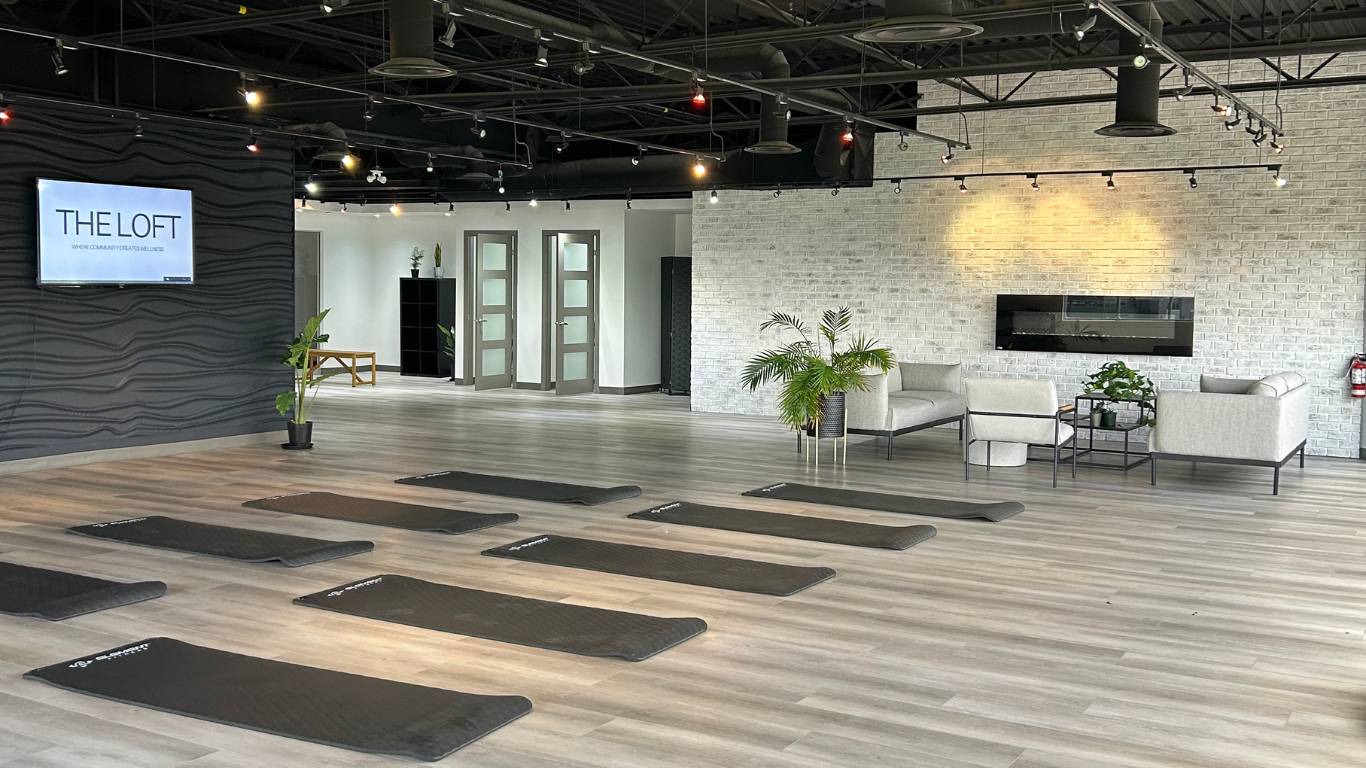In the bustling world of physical rehabilitation clinics, where individuals seek care and support for a wide range of health issues, the synergy between physical therapy (PT) and occupational therapy (OT) is nothing short of remarkable. Together, they form a powerful alliance that enhances rehabilitation, facilitates recovery, and provides comprehensive care to clients.
The Backbone of Physical Therapy
Physical therapy is often the cornerstone of rehabilitation within a clinic. PT professionals are experts in evaluating and treating musculoskeletal and physical impairments. Their primary focus is on improving an individual’s strength, flexibility, mobility, pain management, among others. Whether it’s recovering from surgery, managing chronic conditions, or rehabilitating sports injuries, PT is pivotal in helping individuals regain physical function.
Occupational Therapy: Bridging the Gap
However, many individuals seeking rehabilitation don’t face physical challenges alone. They often deal with additional hurdles related to daily activities, cognitive function, sensory difficulties, or emotional well-being. This is where occupational therapy steps in. Occupational therapists (OTs) are specialists in optimizing daily life skills. They help individuals regain the ability to perform essential activities that are meaningful to them, whether it’s cooking, working, or engaging in hobbies.
The Harmony of Comprehensive Care
1. Collaborative Care: At ASM, PT and OT professionals work hand in hand, collaborating on treatment plans that address the whole person. Their teamwork ensures that the patient’s physical and functional needs are met comprehensively.
2. Customized Interventions: OTs excel in tailoring their interventions to each patient’s unique circumstances. They consider the individual’s home environment, daily routines, and personal goals. This personalized approach ensures that rehabilitation is not just about physical improvement but also about regaining independence and quality of life.
3. Functional Independence: OT focuses on practical skills that are crucial for daily life. Patients receive guidance on dressing, cooking, bathing, and other activities they may find challenging due to their condition. This emphasis on functionality promotes self-sufficiency and boosts confidence.
4. Cognitive Rehabilitation: In cases involving brain injuries, concussions, or cognitive impairments, OT plays a pivotal role in cognitive rehabilitation. OTs work on memory, attention, problem-solving, and other cognitive functions that are essential for everyday life.
5. Emotional Well-being: Mental health is a vital component of comprehensive care. Occupational therapists address emotional and psychological factors that can affect recovery. They help patients cope with stress, anxiety, and depression that may arise during the rehabilitation process.
At ASM, the collaboration between physical therapy and occupational therapy is a testament to the comprehensive care provided to clients. While PT rebuilds the physical foundation, OT focuses on functional skills. Together, they enhance rehabilitation and empower clients to regain control over their health and well-being. The partnership between these two therapies truly exemplifies the commitment to improving the lives of those seeking care at ASM.

